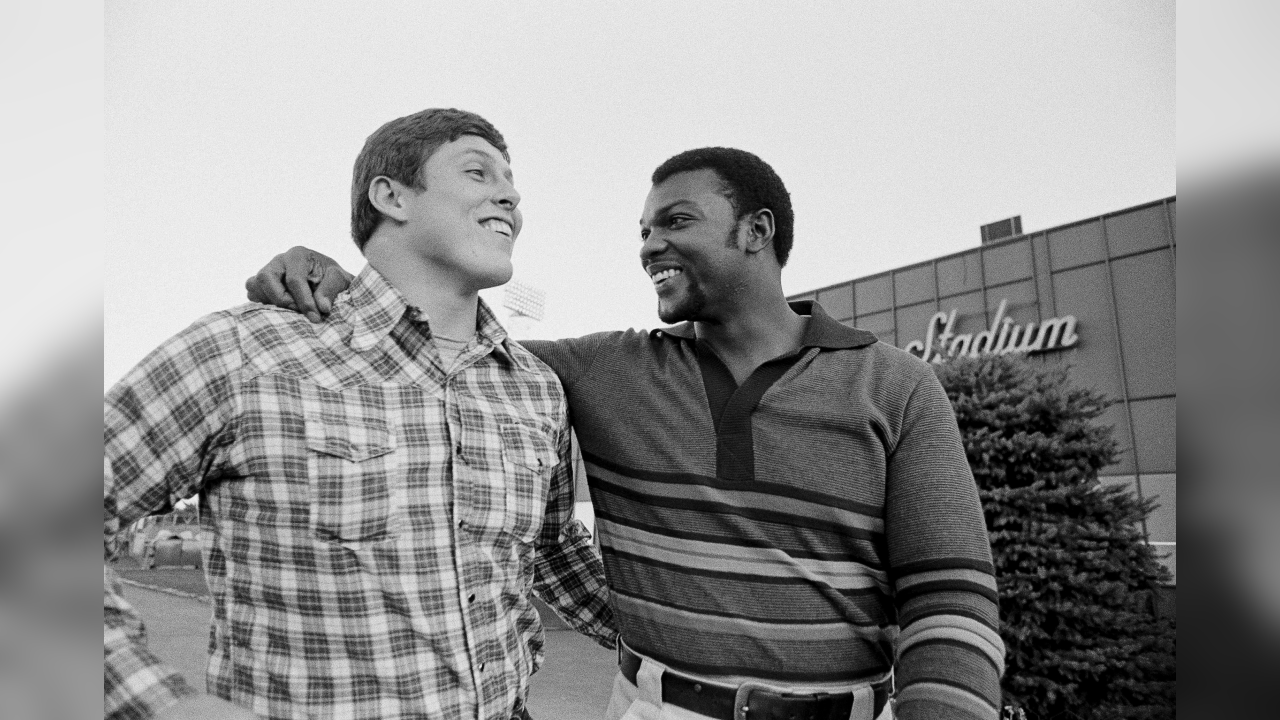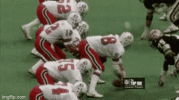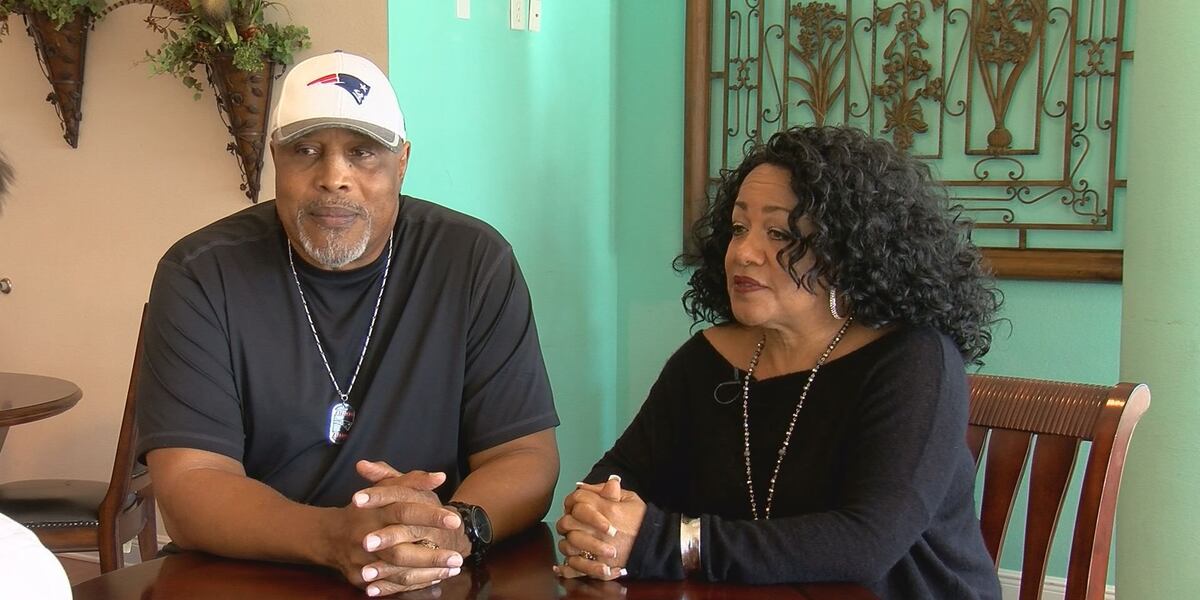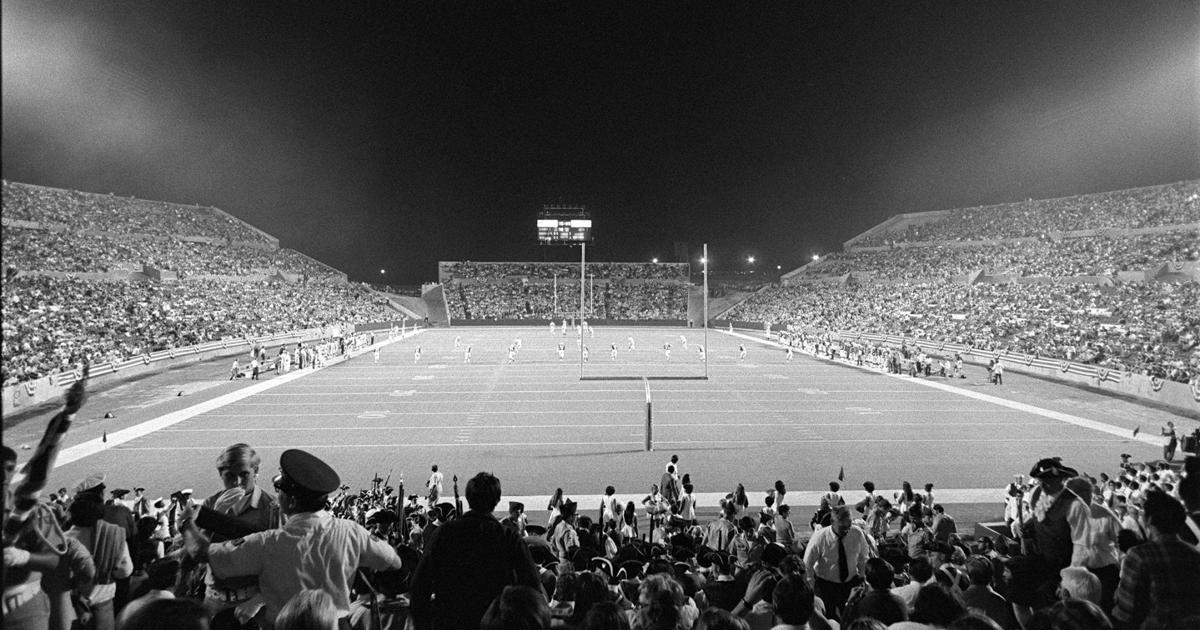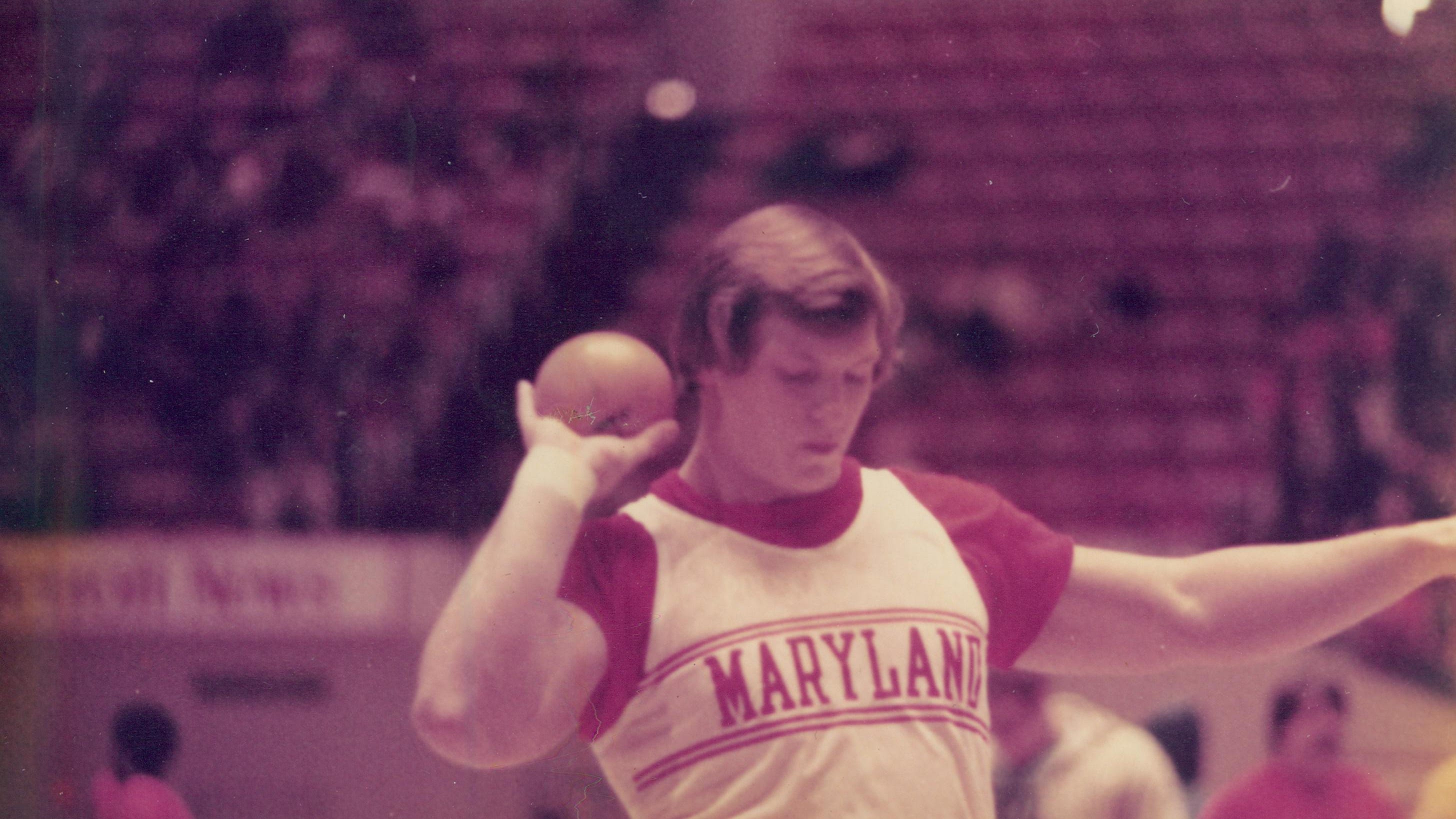April 4, 1970:
Foxborough is selected to be the new playing site for the Patriots.
On February 1, 1970, the NFL and AFL formally announced their merger, four years after the original agreement. One portion of that plan was that stadiums had to have a capacity of at least 50,000.
The Patriots were one of six teams that had to come up with an idea to comply. Denver had already added a second and third deck to Mile High Stadium to meet the minimum seating limit, and the Bears moved from Wrigley Field to Soldier Field.
The Chiefs and Bills moved into new stadiums that took a bit longer to build (1972 and 1973), while one NFL team was for some reason given a pass on this edict for more than a decade. The Vikings played in Metropolitan Stadium with a capacity that was close, but still under the 50k minimum until 1982. In fact their seating max actually decreased by about 2,000 in 1974, in order to add some luxury suites.
4/4/2000:
Patriots reach 30 years in Foxboro | Patriots.com
On April 4, 1970, the organization announced its move to the town after playing 10 years in Boston. The official ground-breaking for a new stadium, which was later named Schaefer Stadium, was held five months later on Sept. 23, and the park was opened nearly one year later.
Six weeks is all it took. Six chaotic, roller-coaster weeks that commenced with the election of Gerald Rodman to an open seat on the board of selectmen and ended with

www.thesunchronicle.com
But by 1968 fellow league owners fed up with Patriots’ inadequate facilities adopted a rule that all franchises by 1970 required a permanent stadium capable of seating at least 50,000 — or risk being relocated to another market. Although the new rule applied to all teams following the AFL-NFL merger, it clearly targeted the Patriots, and was a catalyst for all that followed.
So with the clock ticking, the hunt was on for a permanent location. There were plenty of prospective sites, with Weston, South Boston, Needham, Wilmington, Sturbridge and Salem, N.H. all competing for the club’s attention. In addition, Sullivan was exploring offers from other cities, including Tampa, Memphis and Seattle.
By the beginning of 1970, however, the only substantive proposal involved building a new stadium near Neponset Circle in Dorchester off the Southeast Expressway, a site then occupied by the Neponset Drive-In. The plan had the support of Gov. Frank Sargent, who pledged to file necessary legislation, as well as prominent members of the business community. More importantly, Billy Sullivan had committed to it.
Meanwhile, back in Foxboro, influential insiders were musing over the different scenarios. In particular, Pres Hobson, general manager of the old Bay State Harness Raceway, thought that land just south of the racing oval was a superior location for a pro football stadium. His boss — raceway owner Elias Marcus (E.M.) Loew — thought so too. Loew was a shrewd businessman who made a fortune operating a string of movie theaters, and obviously understood the value of a stadium to his Foxboro holdings.
Hobson also discussed the advantages of Foxboro during a mid-February conversation with his son, Patriot Ledger sportswriter Ron Hobson, saying that Loew might be willing to donate land adjacent to the raceway for a new stadium — and in turn suggested that Ron pursue the idea with Sullivan.
Before the Patriots played at Gillette Stadium | Boston.com
The Foxborough Bay State Raceway was the proposed site of a new Patriots stadium in 1970.
The Boston Patriots had played in various venues in the city for their first 11 seasons, including Fenway Park from 1963 to 1968.
The exterior of the Patriots' new stadium, Schaefer Stadium, in 1971. The stadium was built in just 327 days at a cost of $7.1 million.
April 4, 1961: Patriots trade for Babe Parilli
The Boston Patriots made what turned out to be a significant trade with Oakland on this date in 1961. Parilli was major upgrade at quarterback, manning that position over the next seven seasons. During that time he was a three-time AFL All-Star, highlighted by his 1964 All-AFL season when he led the league in passing touchdowns and passing yardage. The Pats immediately turned around from a last place record in 1960, and finishing second (no wild card back then) four times with records of 9-4-1, 9-4-1, 10-3-1 and 8-4-2. Parilli owned many franchise passing records that lasted for decades, and even to this day is still considered to be one of top four quarterbacks in franchise history.
The Patriots also received RB Billy Lott, who scored 14 touchdowns over three seasons with the team.
The Raiders felt Parilli was an expendable backup to Tom Flores (who later became a Hall of Fame coach for Oakland), due to needs in other areas. In exchange they received FB Alan Miller, **** Christy and DT Hal Smith. Miller was named to the All-Star team in '61, named a team captain and was the Raiders' MVP in 1965. Christy never played for the Raiders, and ended up with the New York Titans. Smith lasted on season in Oakland, appearing in eight games with three starts.
Definitely a winning trade for the Patriots.
April 4, 1984: Patriots trade for Number One Overall Draft Pick
Four weeks prior to the 1984 draft the Pats make a blockbuster trade with Cincinnati. New England sends the Bengals two firsts (#16, #28) and a tenth (#265) in the upcoming draft, plus a 1985 fifth round pick. The Patriots move up fifteen spots, and utilize the selection on Nebraska WR/PR Irving Fryar.
April 4, 2014: Adrian Wilson released
The Pats had signed the hard hitting five-time Pro Bowl safety in 2013, after twelve seasons in Arizona. Unfortunately there wasn't much tread left on the tires, and he landed on season-ending injured reserve due to an Achilles tendon injury as final roster cutdowns approached. Pleased with the performance of strong safety Duron Harmon, the Pats elected to move on and released Wilson prior to the draft.
April 4, 1991: Patriots hire Ian Pyka as strength and conditioning coach
Pyka was once set to represent the US in the Olympics, but that was derailed due to the boycott of the 1980 Moscow Olympics. Prior to his stint in Foxborough he was the strength and conditioning coach at Tulane and UMass. While he was with the Patriots he met his future wife, a cousin of linebacker Ilia Jarostchuk. He and his wife now run a sports rehab and wellness center in Boca Raton.
* TO OUR READERS: This content is being provided for free as a public service to our readers during the coronavirus...
www.palmbeachpost.com




